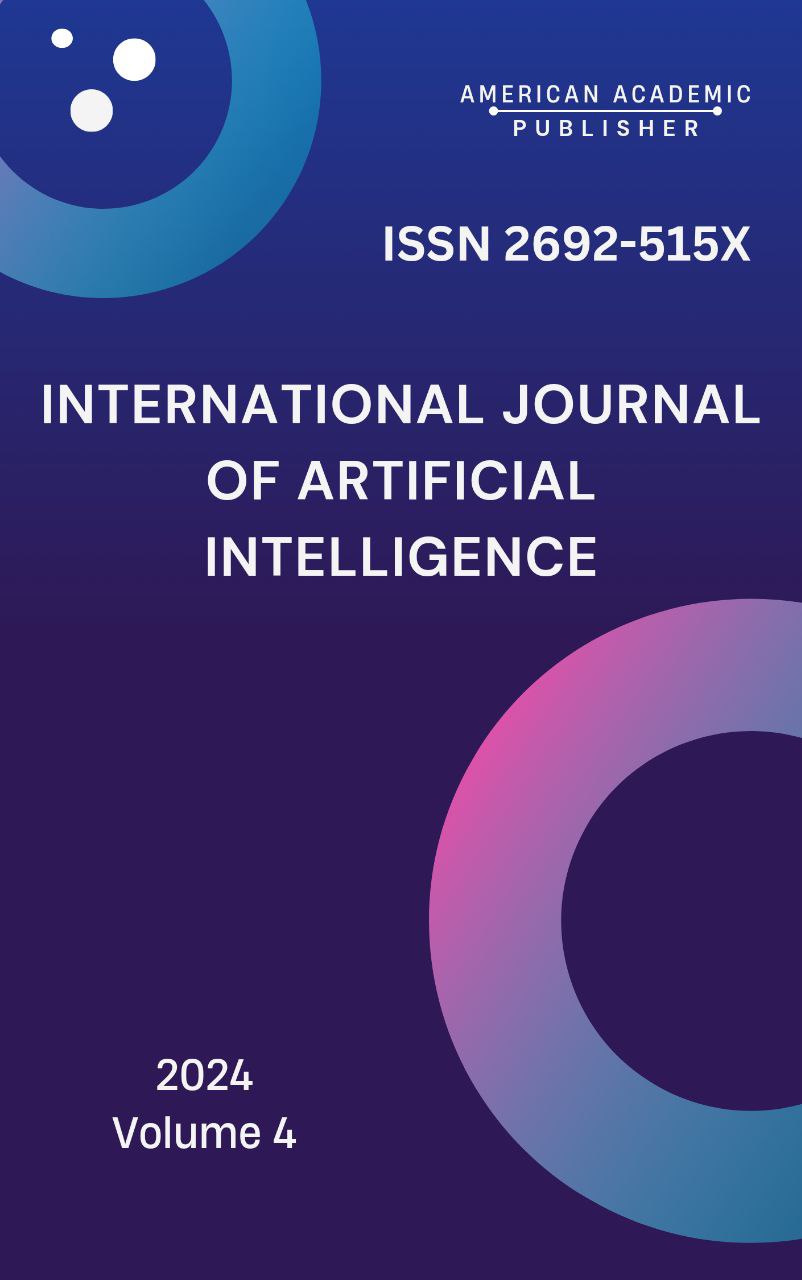 Articles
| Open Access |
Articles
| Open Access | TEACHING GRAMMAR TO NON-NATIVE SPEAKERS: CHALLENGES AND STRATEGIES
Nurmatova Zebiniso Abdulxusen qizi , an English teacher at Karshi International University, Kashkadarya, UzbekistanAbstract
Grammar instruction for non-native speakers is essential to language learning, although it can be difficult. These include variances in past grammatical knowledge, cultural differences, student motivation, and linguistic diversity. This article examines these issues and offers workable solutions, including technological integration, communicative techniques, and contextualized instruction. With the help of these techniques, grammar training should become more efficient and learner-centered, giving non-native speakers the tools they need to communicate effectively and with proper grammar.
Keywords
Teaching grammar, instructional techniques, communicative competency, non-native speakers, and linguistic diversity
References
Celce-Murcia, M., & Larsen-Freeman, D. (1999). The Grammar Book: An ESL/EFL Teacher's Course. Heinle & Heinle.[1]
Chapelle, C. (2001). Computer Applications in Second Language Acquisition. Cambridge University Press.[2]
Ellis, R. (2006). Current Issues in the Teaching of Grammar: An SLA Perspective. TESOL Quarterly, 40(1), 83-107.[3]
Hinkel, E. (1999). Culture in Second Language Teaching and Learning. Cambridge University Press.[4]
Hyland, K., & Hyland, F. (2006). Feedback in Second Language Writing: Contexts and Issues. Cambridge University Press.
Larsen-Freeman, D. (2003). Teaching Language: From Grammar to Grammaring. Heinle Cengage Learning.[5]
Nation, I. S. P. (2001). Learning Vocabulary in Another Language. Cambridge University Press.
Odlin, T. (1989). Language Transfer: Cross-Linguistic Influence in Language Learning. Cambridge University Press.
Richards, J. C., & Rodgers, T. S. (2001). Approaches and Methods in Language Teaching. Cambridge University Press.
Tomlinson, B. (2013). Developing Materials for Language Teaching. Bloomsbury.
Article Statistics
Downloads
Copyright License

This work is licensed under a Creative Commons Attribution 4.0 International License.

